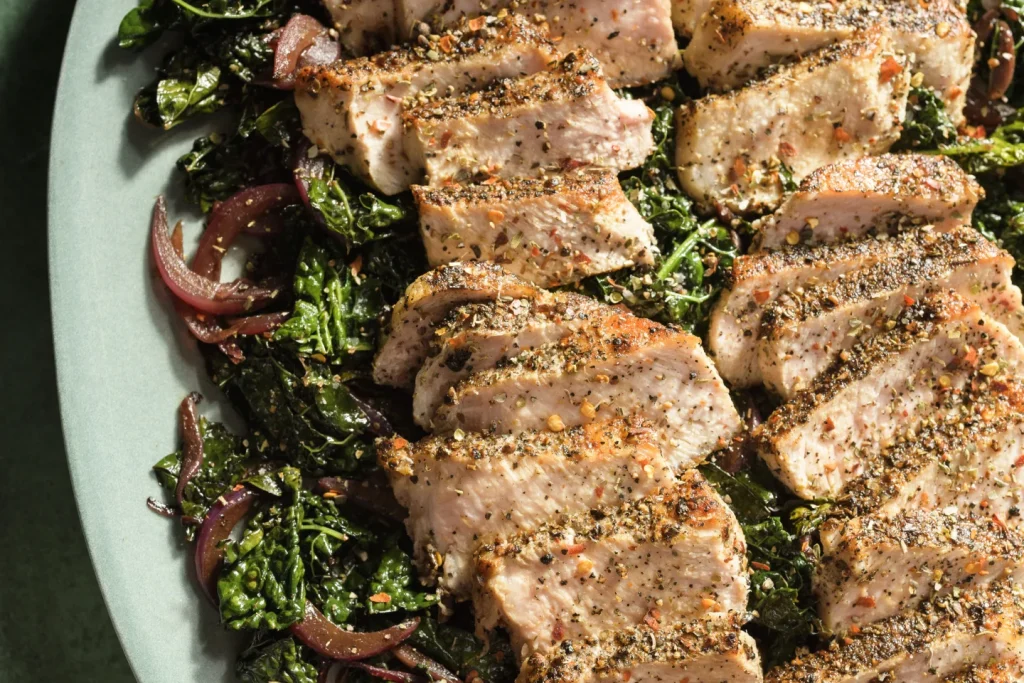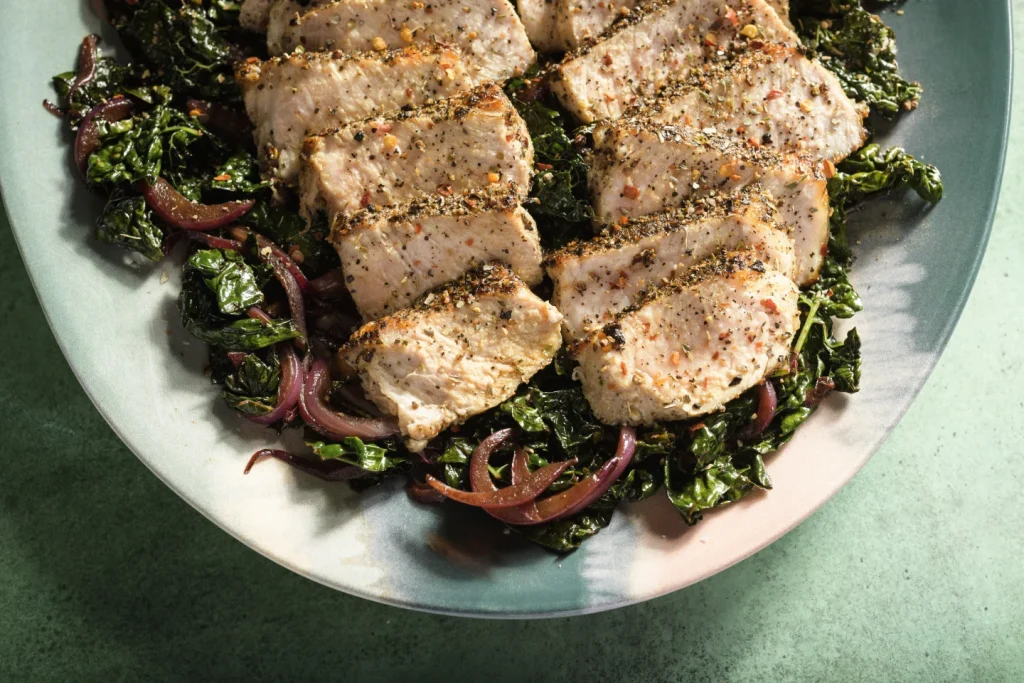In the realm of culinary arts, marinating meat has long been hailed as a fundamental technique for infusing flavor and tenderness into various cuts.
However, a closer examination reveals that the purported benefits of marination may not hold as much weight as commonly believed.
Despite its prevalence in recipes, the practice of marinating meat is often questioned for its efficacy in truly enhancing the flavor and texture of the final dish.
This essay seeks to delve into the contentious debate surrounding the value of marination, shedding light on the limitations of this age-old culinary tradition and advocating for alternative methods that may yield superior results.
The conventional wisdom surrounding meat marination posits that it serves as a means to impart a rich and complex flavor profile to the protein, thereby elevating the overall dining experience.
Yet, a critical analysis of the scientific principles at play reveals a different narrative. It is argued that the molecules of most flavorings in a typical marinade, with the exception of salt, are too large to effectively penetrate the surface of the meat.
This limitation significantly undermines the purported ability of marinades to deeply infuse flavor into the protein, casting doubt on the efficacy of this widely embraced technique.
Moreover, the practical implications of marination extend beyond mere flavor infusion. An often overlooked consequence of marinating meat is the resultant moisture retention, which can impede the process of achieving a desirable sear during cooking.
The presence of excess moisture on the meat’s surface inhibits the Maillard reaction, a crucial chemical process responsible for the development of savory, caramelized flavors and the characteristic golden-brown crust on meats.
As a result, marinated meat may fail to achieve the desirable textural contrast and depth of flavor that is otherwise attainable through alternative cooking methods.
In light of these inherent limitations, a compelling case emerges for reevaluating the conventional wisdom surrounding meat marination.
Rather than relying on the purported benefits of marinating meat, a paradigm shift towards alternative culinary techniques is warranted.
One such approach, as exemplified in the one-pan Florentine pork chop recipe from “Tuesday Nights Mediterranean,” presents a compelling alternative to traditional marination.
This recipe advocates for the strategic seasoning of the meat prior to cooking, followed by the addition of complementary sauces and accompaniments to enhance the final dish’s flavor profile.
The aforementioned recipe, adapted from Artusi’s seminal work “Science in the Kitchen and the Art of Eating Well,” underscores the efficacy of a nuanced approach to flavor enhancement.
By seasoning the pork chops with oregano, red pepper flakes, salt, and black pepper before searing them in a skillet with garlic-infused oil, the recipe showcases a deliberate and targeted method of flavor application.
The resulting interplay of aromatic seasonings and carefully crafted sauces, such as the red wine reduction used to cook lacinto kale, culminates in a delectable and minimalistic sauce that harmonizes with the natural juices and moisture released by the ingredients.
This alternative approach to flavor enhancement not only circumvents the limitations of marination but also underscores the importance of precision and restraint in the culinary arts.
By strategically seasoning the meat and leveraging complementary ingredients and cooking techniques, the one-pan Florentine pork chop recipe exemplifies a nuanced approach that maximizes flavor without succumbing to the pitfalls of traditional marination.
In conclusion, the prevailing emphasis on meat marination in culinary discourse warrants a critical reevaluation.
The limitations inherent in the process of marination, including the inadequate penetration of flavor and the hindrance of flavorful browning, underscore the need for a more discerning and informed approach to flavor enhancement in cooking.
The one-pan Florentine pork chop recipe serves as a testament to the efficacy of alternative techniques, challenging the conventional wisdom surrounding meat marination and advocating for a more nuanced and deliberate approach to flavor enhancement in the culinary arts.
As we continue to explore and refine our understanding of culinary techniques, it is imperative to question established norms and embrace innovative approaches that elevate the dining experience to new heights.
The culinary world is a vast tapestry of flavors, textures, and techniques, each contributing to the creation of a delightful dish.

Among the myriad of culinary creations, the combination of pork, kale, red wine, and toasted garlic stands out as a harmonious symphony of flavors and textures.
This essay delves into the nuances of this delectable recipe, exploring the ingredients, preparation, and the sensory experience it offers.
The recipe begins with the careful selection of ingredients, each playing a crucial role in the overall flavor profile.
The boneless pork loin chops, patted dry to ensure optimal searing, form the hearty centerpiece of the dish.
These succulent cuts, when combined with the earthy and robust lacinato kale, create a juxtaposition of textures that is both satisfying and intriguing.
The seasoning mix, comprising dried oregano, red pepper flakes, kosher salt, and ground black pepper, infuses the pork with a medley of aromatic and savory notes, elevating its inherent richness.
The culinary journey continues with the introduction of extra-virgin olive oil, a versatile and essential component in Mediterranean cuisine.
As the oil heats, it becomes a canvas for the thinly sliced garlic, which undergoes a transformative process, turning into crispy, golden nuggets of flavor.
This toasted garlic not only infuses the oil with its aromatic essence but also provides a delightful textural contrast to the tender greens and succulent pork.
The addition of dry red wine and balsamic vinegar introduces a layer of complexity to the dish, imparting a nuanced acidity and depth of flavor.
The red wine, with its rich and fruity undertones, marries harmoniously with the pork, while the balsamic vinegar adds a delightful brightness that cuts through the richness, creating a balanced and vibrant flavor profile.
The cooking process itself is a delicate dance of heat and timing, ensuring that each component reaches its full potential.
The searing of the pork loin chops results in a caramelized exterior, locking in the juices and creating a mouthwatering crust.
As the pork rests, it releases flavorful juices, which, when combined with the aromatic oil and tender kale, culminate in a luscious and savory pan sauce that ties the dish together.
The final presentation of the pork with kale, red wine, and toasted garlic is a feast for the senses. The vibrant hues of the kale, glistening with the aromatic oil and pan juices, provide a visual spectacle that entices the palate.
The tender pork, adorned with crispy bits of toasted garlic, exudes an irresistible aroma that beckons the diner to indulge in its succulence.
Each bite offers a symphony of flavors, from the robust and savory notes of the pork to the earthy bitterness of the kale, all harmonizing with the subtle acidity of the red wine and balsamic vinegar.
In conclusion, the recipe for pork with kale, red wine, and toasted garlic is a testament to the artistry and ingenuity of culinary creation.
It exemplifies the marriage of ingredients, techniques, and sensory experiences, resulting in a dish that is both comforting and sophisticated.
As the flavors and textures intermingle on the palate, they evoke a sense of culinary delight, inviting the diner to savor each nuanced element. Indeed, this recipe stands as a testament to the endless possibilities and pleasures that the world of gastronomy has to offer.
The process of preparing a delicious meal often involves a careful balance of flavors and textures, as well as a precise sequence of steps to ensure that each component is cooked to perfection.
In the case of the recipe provided, which details the creation of a savory pork chop dish with a bed of tender kale, the combination of seasonings, cooking techniques, and ingredient pairings is essential to achieving a delectable result.
To begin, the recipe instructs the cook to create a seasoning mix by combining oregano, pepper flakes, salt, and black pepper in a small bowl.
A portion of this mix is set aside, while the rest is generously applied to both sides of the pork chops, ensuring that the flavors permeate the meat.
This initial step sets the stage for the development of a robust and well-balanced taste profile in the final dish.
Moving on to the cooking process, a skillet is heated with oil, and garlic is added and sautéed until golden brown.
The garlic is then removed from the pan, and the seasoned pork chops are introduced, allowing them to develop a rich, caramelized exterior while retaining their succulence within.
This careful attention to the cooking of the pork chops ensures that they are not only visually appealing but also tender and flavorful.
Following the cooking of the pork, the recipe calls for the addition of wine to the skillet, which serves to deglaze the pan and infuse the dish with a depth of flavor.
The incorporation of onion and kale further enhances the complexity of the meal, with the kale’s earthy bitterness complementing the richness of the pork.
The careful tossing and cooking of the kale and onion result in a vibrant, tender bed that serves as an ideal foundation for the sliced pork chops.
The final steps of the recipe involve the reintroduction of the toasted garlic, the addition of vinegar for a touch of acidity, and the seasoning of the dish to taste.
These elements serve to elevate the flavors and tie the components of the dish together, resulting in a harmonious and satisfying culinary creation.
In conclusion, the detailed instructions provided in the recipe guide the cook through a carefully orchestrated process that culminates in a dish that is not only visually appealing but also rich in flavor and texture.
By following these steps and paying attention to the nuances of seasoning, cooking, and ingredient combination, one can create a memorable and delightful dining experience.
The recipe exemplifies the artistry and precision that can be found in the realm of culinary pursuits, offering a testament to the transformative power of well-executed cooking techniques and thoughtfully selected ingredients.

Overall, the process outlined in the recipe embodies the essence of culinary craftsmanship, inviting the cook to engage in a journey of creation and discovery in the realm of gastronomy.
Through the melding of flavors, the careful application of cooking techniques, and the artful arrangement of ingredients, the recipe presents an opportunity for the cook to craft a meal that is not only nourishing but also a source of delight and satisfaction for those who partake in it.
